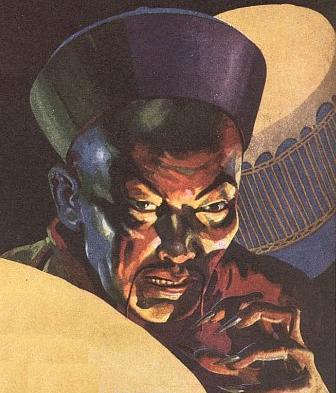Blogging Sax Rohmer’s The Return of Dr. Fu-Manchu, Part Eight – “The Fiery Hand”
 “The Fiery Hand” was the eighth installment of Sax Rohmer’s Fu-Manchu and Company. The story was first published in Collier’s on September 25, 1915 and was later expanded to comprise Chapters 24-26 of the second Fu-Manchu novel, The Devil Doctor first published in the UK in 1916 by Cassell and in the US by McBride & Nast under the variant title, The Return of Dr. Fu-Manchu.
“The Fiery Hand” was the eighth installment of Sax Rohmer’s Fu-Manchu and Company. The story was first published in Collier’s on September 25, 1915 and was later expanded to comprise Chapters 24-26 of the second Fu-Manchu novel, The Devil Doctor first published in the UK in 1916 by Cassell and in the US by McBride & Nast under the variant title, The Return of Dr. Fu-Manchu.
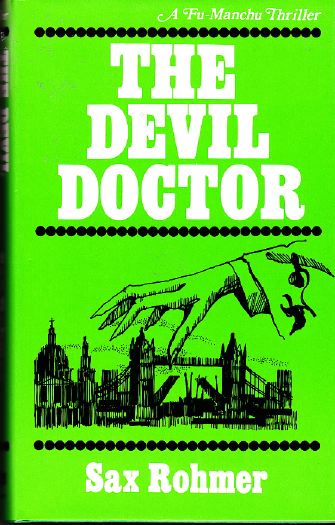 This serves as Rohmer’s variation on the haunted house story and mines the same territory as countless Sherlock Holmes pastiches where the reader is assured that the detective will arrive at a rational explanation because the other characters are convinced that the mysterious goings-on must be of supernatural origin from the start. That said, the story is an excellent one and finds Rohmer in fine form.
This serves as Rohmer’s variation on the haunted house story and mines the same territory as countless Sherlock Holmes pastiches where the reader is assured that the detective will arrive at a rational explanation because the other characters are convinced that the mysterious goings-on must be of supernatural origin from the start. That said, the story is an excellent one and finds Rohmer in fine form.
Inspector Weymouth calls on Nayland Smith and Dr. Petrie to enlist Smith’s aid in investigating the Gables, a property in Hampstead that appears to have been haunted for the past two years. The previous owners, a Quaker family who lived at the house for over forty years sold it after manifestations of a fiery hand holding a flaming dagger appeared. They said nothing of the incident at the time for fear of not being able to sell the property.
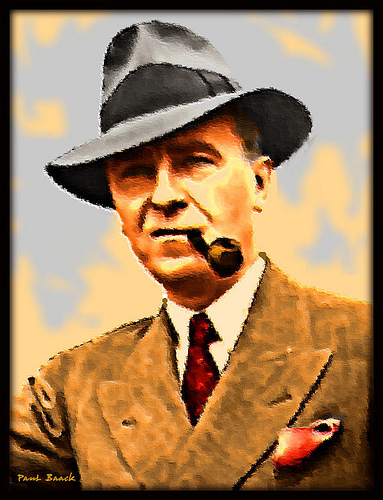

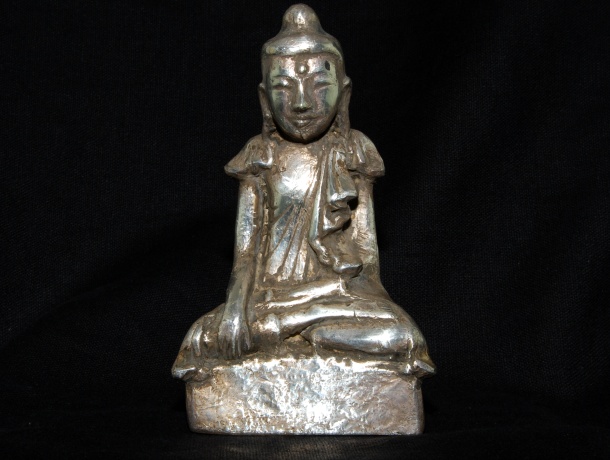
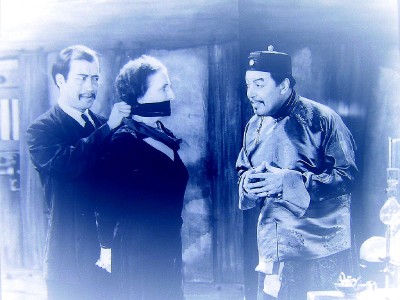
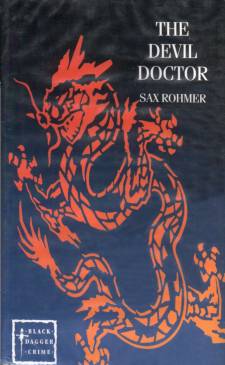
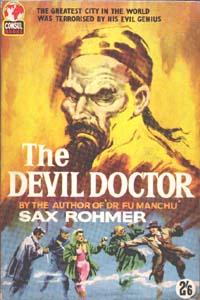
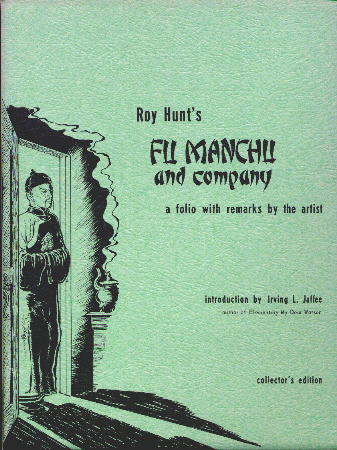
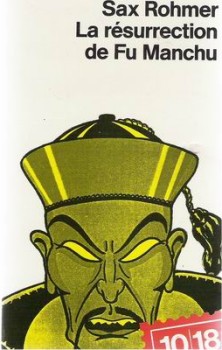
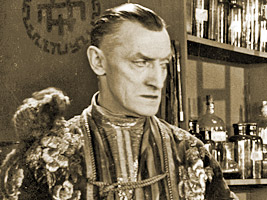
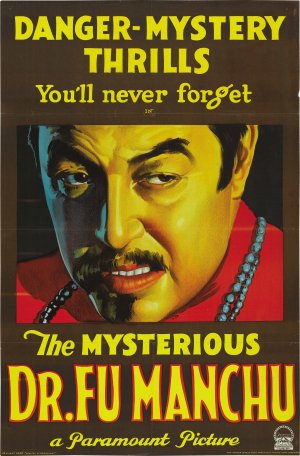
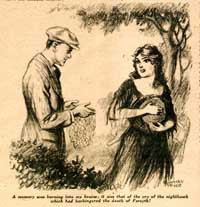
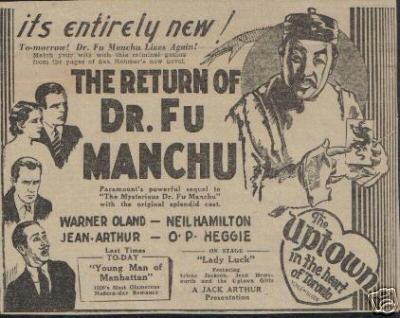
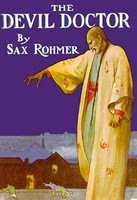
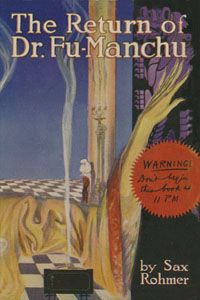
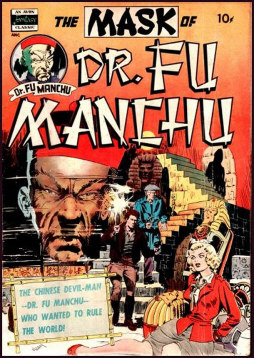 From his first appearance in print in the pages of The Story-Teller in October 1912, Sax Rohmer’s criminal mastermind, Dr. Fu Manchu took the world by storm. While Rohmer would complete three novels featuring the character between 1912 and 1917, the Devil Doctor would extend his domain to include film and comics in the fourteen years before Rohmer bowed to commercial demand and revived the series.
From his first appearance in print in the pages of The Story-Teller in October 1912, Sax Rohmer’s criminal mastermind, Dr. Fu Manchu took the world by storm. While Rohmer would complete three novels featuring the character between 1912 and 1917, the Devil Doctor would extend his domain to include film and comics in the fourteen years before Rohmer bowed to commercial demand and revived the series.